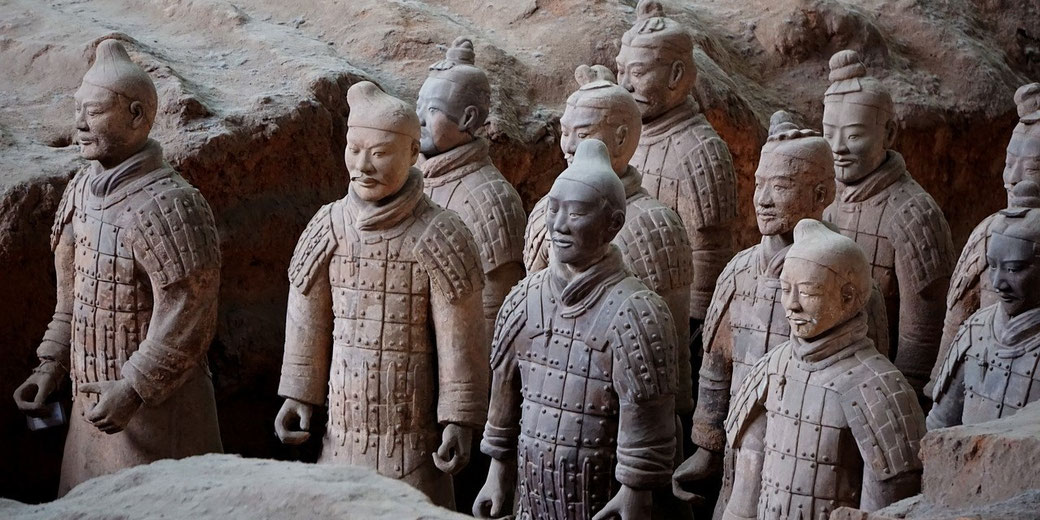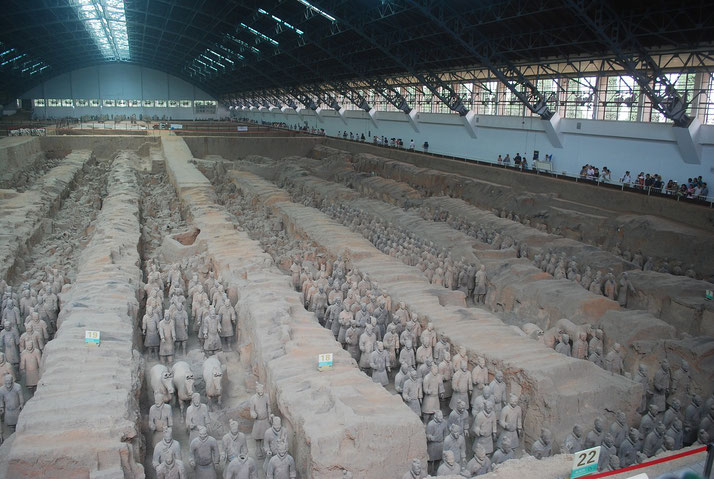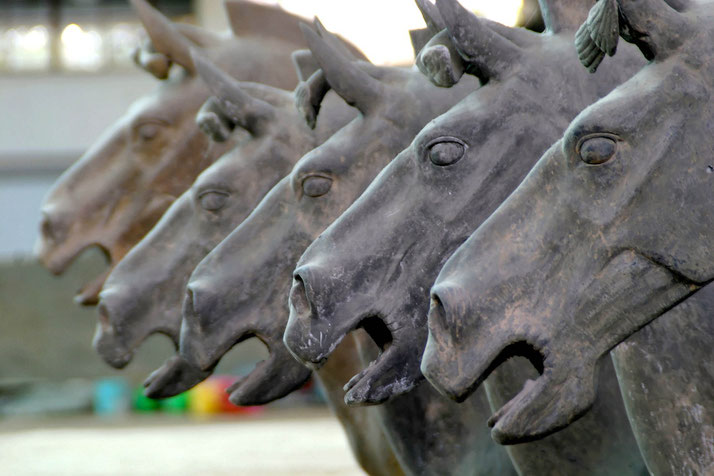The enduring mystery of the Terracotta Warriors and the tomb of the first emperor

Step back in time to ancient China, where a large tomb complex was built for the first emperor. As you walk through the underground chambers, you find something surprising: an army of life-size terracotta warriors, each one unique.
You are among the Terracotta Army, one of the most important archaeological discoveries ever.
Still, despite decades of study, the questions about this find puzzle experts.
What was the Terracotta Army?
The Terracotta Army is one of the most famous archaeological discoveries in history.
This collection of thousands of life-size terracotta figures is located near Xi'an in China, buried with Qin Shi Huang, the first emperor of China, over 2,000 years ago.
The warriors range in height from about 1.75 m to over 2 m, with the generals being the tallest.
Who was Qin Shi Huang?
Qin Shi Huang, also called Shi Huangdi, was the first emperor of China who ruled from 221 BC to 210 BC, during the Qin dynasty.
He had conquered and united the various warring states of China after which he created the first unified Chinese empire.
Once in power, he also made major administrative, economic and social changes by standardising weights and measures, built roads and water canals.
He achieved all of these things by setting up a central government system.
However, his rule was particularly harsh, as he imprisoned and murdered his enemies, while also limiting certain intellectual and cultural expressions he did not approve of.
The earliest record of Qin Shi Huang’s tomb and its underground treasures appears in the writings of the historian Sima Qian.
He specifically describes the fact that rivers of mercury were built deep within. He also said that over 700,000 labourers worked on the tomb over a period 37 years, from 246 BC until the emperor died in 210 BC.
However, since he wrote the Records of the Grand Historian in the first century BC, more than a hundred years after the emperor died, modern researchers question this number and think that it may be too high.
Their discovery
The Terracotta Army was found by a group of farmers who were digging a well in 1974.
They were working in the Lintong District, Shaanxi Province, about 40 km (25 miles) east of the modern city of Xi'an, which was once the capital of the Qin Dynasty.
They uncovered several clay fragments that turned out to be parts of a terracotta warrior.
Shortly after, news of the find spread quickly, and archaeologists soon began to excavate the site.
They uncovered a large underground tomb complex that covered an area of 20 square miles and that was believed to be the final resting place of emperor.

The strange burial of the warriors
The statues were found across three large pits, with each one holding thousands of them arranged in battle rows.
When they were finally all counted, there were more than 8,000 figures in all. The most common were soldiers, but there were also terracotta chariots and horses.
Each one showed clearly individualised facial features and hairstyles, and were equipped with personalised weapons and armour.
In fact, excavations found over 40,000 bronze weapons, such as swords, spears, crossbows and arrowheads.
The sheer number was impressive enough, but the attention to detail and the quality of the artwork proved just how skilled ancient Chinese artists and engineers were.
Modern archaeologists have concluded that the figures were made using a sequential production method.
This would have included shaping each human-sized warrior, firing it in a large kiln, and once cooled, painting.
Although the warriors now all look grey, experts have found traces of red, green, purple and blue paint that were used to brightly decorate each figure.

Unanswered questions...
Even with all that we know about the Terracotta Army, many questions remain about the tomb and the emperor’s burial.
One of the main ones is why the emperor chose to be buried with such a large army of terracotta figures.
Some experts think the army was meant to guard the emperor in the afterlife. Others suggest it was to show the emperor’s military strength.
Another puzzle is who the craftsmen were that were responsible for making the Terracotta Army.
Best guesses point to the possibility that they were probably slaves or prisoners of war.
However, there must have been some skilled artists whose skills were paid for that could have achieved such incredibly detailed sculptures like this.
Sadly, no records of their name exist, so their identities remain a mystery.

The lethal dangers of the tomb
One of the most troubling questions about the Terracotta Army is the nature of the emperor’s tomb itself.
Although people have dug around the tomb area, the emperor’s inner chamber has not been fully explored.
Currently, experts think it might hold many more treasures and potentially important records.
However, the Chinese government has been careful when considering excavation of the tomb.
This is because officials worry about protecting the ancient site from harmful excavations that may cause irreparable damage.
Neverthelss, in 2012, Chinese archaeologists did use advanced imaging tools to scan the tomb area and found very high levels of mercury in the soil around the tomb, up to 100 times the normal amount.
This makes some think the tomb really did have have rivers of liquid mercury, as Sima Qian had described.
The possible use of mercury is interesting, but it also raises concerns about environmental and health effects.
Liquid mercury is highly poisonous and can cause serious health problems if handled incorrectly.
Therefore, any digging would need great care.

What do you need help with?
Download ready-to-use digital learning resources
Copyright © History Skills 2014-2025.
Contact via email
With the exception of links to external sites, some historical sources and extracts from specific publications, all content on this website is copyrighted by History Skills. This content may not be copied, republished or redistributed without written permission from the website creator. Please use the Contact page to obtain relevant permission.





